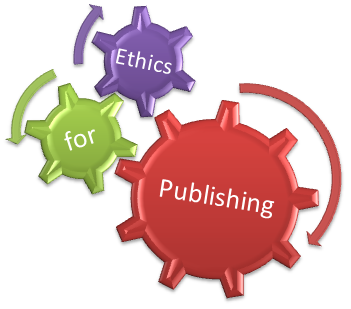Industrial Lasers for Producing Quality Textile Yarns
(*) Corresponding author
DOI's assignment:
the author of the article can submit here a request for assignment of a DOI number to this resource!
Cost of the service: euros 10,00 (for a DOI)
Abstract
This paper indicates the enhanced method of producing components of textile machines. The use of Nd-YAG laser beam in the manufacturing process improves quality of the components. The bottom rollers are one of the few important parts of textile machine giving quality yarns. The objective is to harden the complex shaped bottom roller and to eliminate post processes like grinding, bend removing followed by transportations and thereby made to run concentrically and giving quality yarn. The traditional processes of flame hardening, gas carburizing, nitriding, and induction hardening partially fulfil the requirements of hardness parameters on the roller. The laser hardening process was performed with 3 axes CNC machine attached with fiber optic laser head and servo controlled rotary chuck and suitable fixtures. The results of laser surface hardening show improved hardness, microstructure and uniform case depth on all contours and very less warping. The laser treated roller subjected to the normal working conditions on a textile machine run with almost concentric for longer life with which the yarn quality can be improved.
Copyright © 2013 Praise Worthy Prize - All rights reserved.
Keywords
References
U. S. Laser corporation Article. “Suitable materials for laser heat treating”pp1–4. July2009.
Dr. G. Bhuvanashekaran. DGM, WRI, BHEL, Trichy–Workshop on Laser material processes under Technical Education Quality Improvement Program. pp 31 – 34, Jan 9 and 10, 2007.
Inventor: Gary Benedict. Date: Method and apparatus for laser hardening of steel. United states patent No: 4,533,400. Aug 6, 1985
Yu, I. Babei, KV Batashov, VV Beletskii, MF Berezhnitskaya, SA Ivanov and VA Chervatyuk, - “Laser hardening of small diameter shafts of secondarily hardening steels.”- GV Karpenko physicomechanical Institute, Academy of science of the Ukrainian SSR, Lvov, Translated from Fiziko-khinicheskaya mechanical materialov, Vol: 23, No.4, pp. 87 – 89, July – August 1987.
Bylica, Andrzej, Adamiak, Stanislaw “Laser hardening of iron based alloys” Proceedings of SPIE. 1997 – 10 – 03.
Toen shoff, Hans. K, Rund, Michael “Hardening and remelting using high power light source and lasers” Proceedings of SPIE. 1994 – 09 – 07
T. Slatter, H. Taylor, R. Lewis, P. King.”The influence of laser hardening on the wear in the valve and valve seat contact. “Wear”, White Rose research online. 267 (5, 8). pp. 797-806, 2009.
N. SivaShanmugam, G. Buvanashekaran, K. Sankaranarayanasamy, S. Ramesh Kumar,”A transient finite element simulation of the temperature and bead profiles of T-joint laser welds” National Institute of Technology, Tamil Nadu, India, Materials and Design online. 2010.
G. H. Ferrahi and M. Sistaninia “Thermal analysis of Laser hardening of different moving patterns” School of Mechanical Engineering, Sharif University of Technology, Tehran, Iran, International Journal of Engineering pp 169-180, Vol 22, June 2009.
J. C. Conde, F. Lusquinos, P. Gonzalez, B. Leon, M. Perez-Amor,”Temperature distribution in laser marking”Universidade de Vigo, Spain, Journal of laser applications pp 105-110 March, 2001.
Refbacks
- There are currently no refbacks.
Please send any question about this web site to info@praiseworthyprize.com
Copyright © 2005-2024 Praise Worthy Prize








